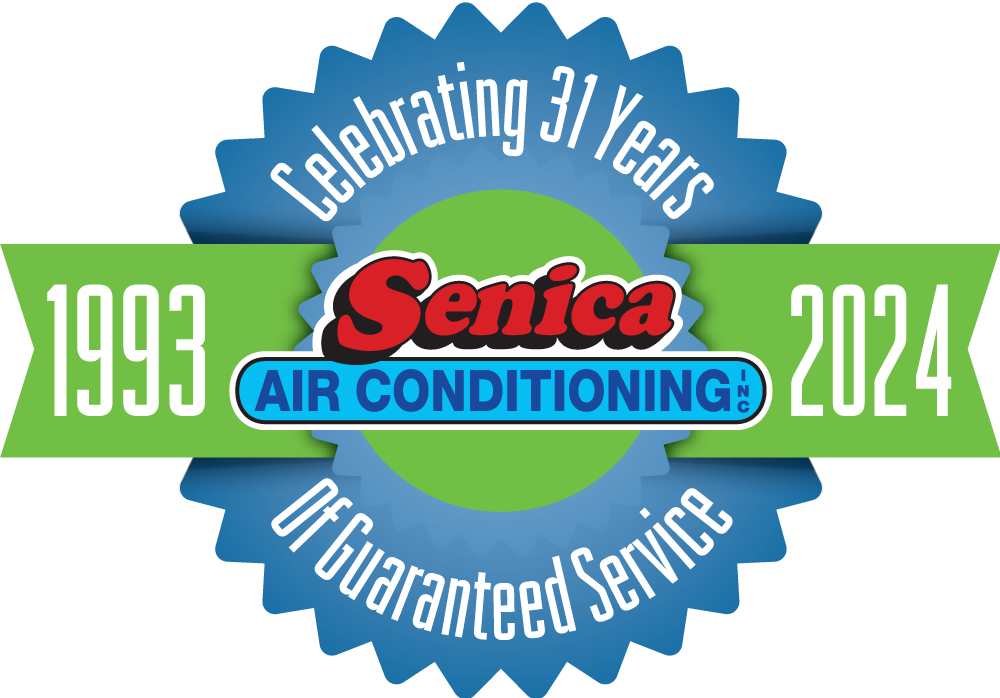Why insulate? Home insulation plays a crucial part in lowering your utility bill and saving you money. It also keeps your family comfortable by maintaining a constant temperature throughout the home, keeping you warm in the winter and cool in the summer.
Where Do You Start?
The best place to start is to realize that your home needs to be insulated from top to bottom. Your heating, ventilation, and air conditioning system (HVAC) is responsible for at least 50 to 70 percent of energy usage in your home. By understanding home insulation, you can cut these costs.
Heat naturally flows to cooler spaces due to conduction, convection and radiation. During the winter, heat moves from the inside to the outside of your home and just the opposite during the summer.
When you block this transference of heat with home insulation your home will be more comfortable and you’ll save money.
What Type of Home Insulation is Best?
All insulation is rated according to “R-value”. R-value indicates how much resistance to heat flow the insulation has. The higher the R-value, the more effective the insulation is at resisting heat.
There are several different types of home insulation.
- Blankets, batts or roll insulation – This type of insulation is easily installed by professionals or homeowners. It is used between attic or floor joists and wall studs. It can be hand-cut to fit in odd-sized spaces such as around windows, doors and electrical wiring.
- Loose fill or blown-in insulation – This insulation is made of loose fibers or pellets and is easily blown in by a professional during new home construction. For an older home, it is more difficult because you must access the areas between each wall stud.
- Rigid insulation – Board-like forms made from plastic foams or fibrous materials. Most often used for foundations and insulating wall sheathing.
- Foam insulation – Requiring a professional, this insulation must be metered, mixed, and sprayed into place. The foam can either be open-cell or closed-cell foam. Open-cell foam has a lower R-value but also allows vapor to move through the material.
Where Should You Insulate?
You need to insulate your home’s attic, walls, crawlspace, ductwork and pipes.
Begin by checking out your attic. The attic is the easiest place to insulate and gives the best results in the shortest amount of time. In the St. Petersburg area, attics should be insulated with R-38 insulation. With roof temperatures reaching as high as 140 degrees in the summer, insulation is important to help keep the attic from heating up the interior of your home.
The walls in your home should be insulated with at least R-13 insulation. The walls are exposed to more exterior space than any other part of your home, giving more opportunity for heat exchange.
If you have cold floors during the winter, your crawlspace is probably not insulated. Insulate it with R-13 insulation to solve this problem. You can install batt or roll insulation yourself or call a professional to do the job for you.
The ductwork of your HVAC system is often overlooked but very important. Ductwork is often located in unconditioned areas of the home, such as the attic, crawlspace or garage. If the ductwork isn’t insulated, heat can transfer to and from the conditioned air inside the ducts, wasting valuable energy and compromising home comfort. Insulate your ductwork using R-6 duct wrap insulation to minimize this problem.
Insulating pipes in your home is also easy but overlooked. If pipes run through unheated or uncooled places in your home, they should be insulated with pipe insulation sleeves. Doing this can raise the water temperature by two to four degrees allowing you to turn down the temperature on your hot water heater, saving you money.
Do You Need More Insulation?
In an older home, chances are, you already have home insulation. The question is, “Do you need more for a more energy-efficient home?” This is easy to check in the attic and crawlspace as long as you don’t have trouble accessing these areas. Roll or batt insulation is usually marked with the R-value. If not, it’s best to have a professional you can trust inspect your home to determine if more home insulation is in your best interest.
For questions about home insulation or a home inspection, contact Senica Air Conditioning, Inc. for expert advice. We can provide you with the trustworthy service and experience you need in the St. Petersburg, Florida area.



